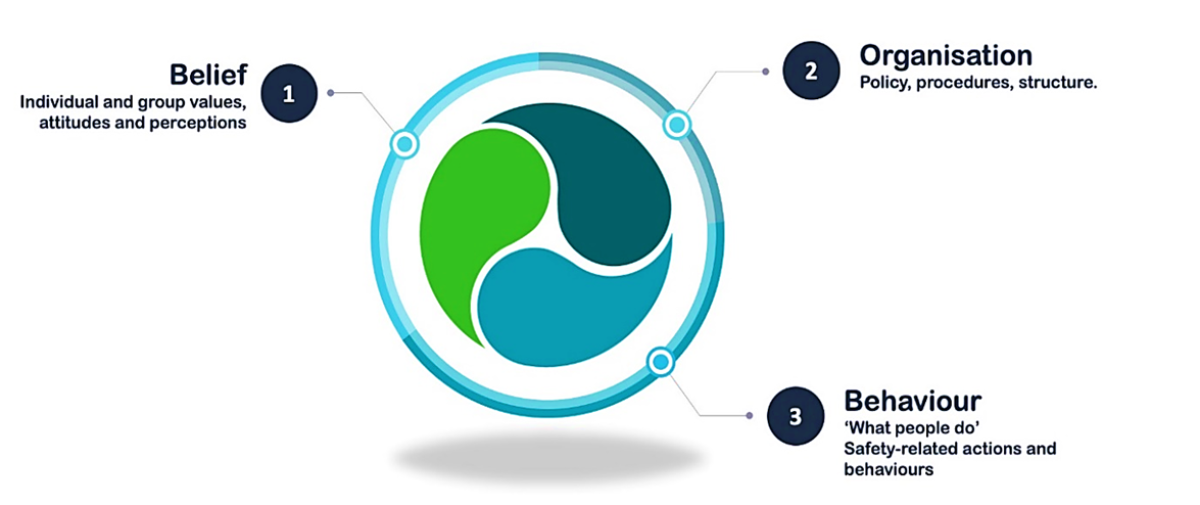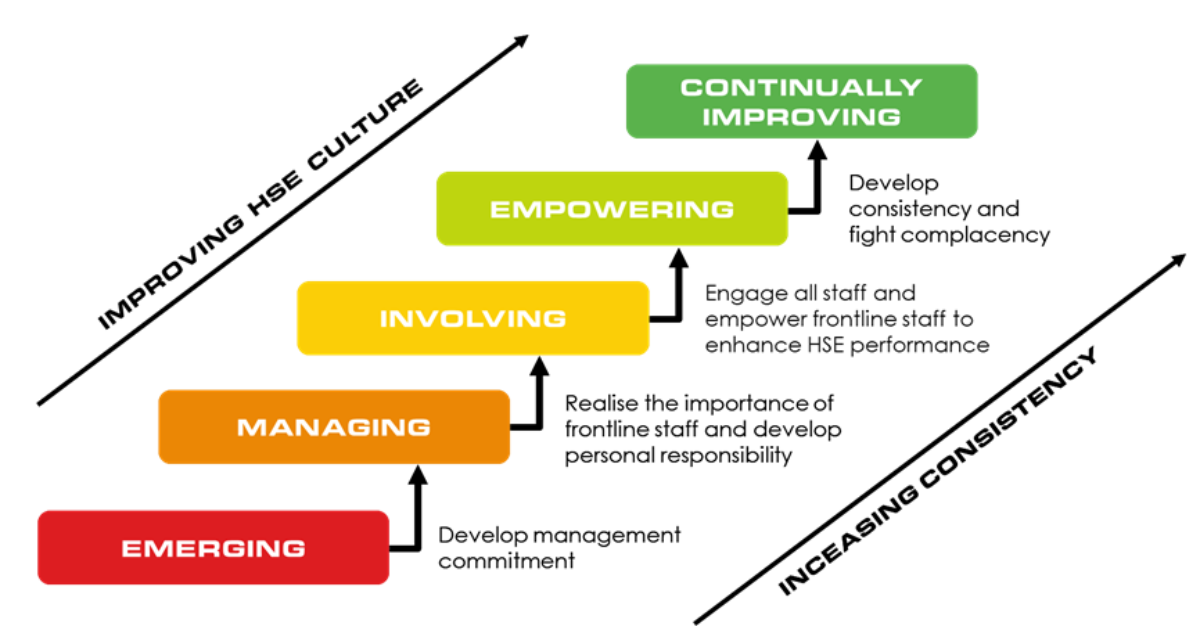16th of January 2023 | 4 min read
Ethos recently provided on-site safety coaching to Kaefer employees at SAGE St Fergus as part of a programme implemented for Wood to strengthen their safety shield initiative. Due to the positive feedback from Kaefer employees, Kaefer has invited Ethos to provide further support for its UK & Ireland business division.
In 2016, Kaefer devised a customised safety culture training programme that was rolled out globally. The programme took a practical and individual approach, since safety begins with people. Management was trained to ‘buy-in’ to the concept personally and to foster an open error management culture. More than 2,600 people from 21 countries have participated in the training.
Kaefer approached Ethos to carry out a develop a Safety Culture programme for their UK & Ireland business division. Kaefer UK & Ireland currently has 8 operating centres across the UK and Ireland, employing approximately 3,000 people.
Developing an Health, Environment & Safety (HSE) Culture requires the organisation to first identify the existing culture, the reality of where they are now. Once this is done a road map is developed to move from where we are now, to the culture we want.
To determine the level of HSE culture maturity within Kaefer, Ethos explored three interrelated aspects of culture. Findings from the assessment can be used to agree a plan of action to further develop the Health, Environment & Safety Culture maturity within Kaefer.
One of the most definitive and well-respected definitions of safety culture was developed by UK’s Health & Safety Executive’s Advisory Committee on the Safety of Nuclear Installations (ACSNI: HSC, 1993). This along with a framework (Cooper, 2000) commonly used to distinguish between three interrelated, but not mutually exclusive, aspects of safety culture.
The Three Interrelated Aspects of Safety Culture, as presented in Figure 1 - HSE Culture Aspects (ACSNI: HSC, 1993 & Cooper 2012) are:
- Psychological aspect: this aspect is understood by conducting a survey which provides detailed insight into group and individual values, attitudes, and perceptions in relation to Health, Environment & Safety. This was conducted and analysed by an independent Occupational Psychologist.
- Behavioural aspects are explored through direct observations and conversations. The Ethos Team visited Kaefer offices and worksites to conduct safety tours, engaging a broad spectrum of employees in discussion about safety within the organisation.
- Organisational aspects: during the site visit, Ethos Consultants reviewed limited documentation and conducted focused interviews to explore policy, procedures, and management systems.
Figure 1 - HSE Culture Aspects (ACSNI: HSC, 1993 & Cooper 2012)
The HSE culture expressed in Safety Culture Maturity Model (developed from The Fleming – Keil Centre safety culture maturity model), demonstrated in Figure 2 - Safety Culture Maturity Model below, is mapped over 5 levels. This model was used to define Kaefer’s existing level of HSE culture maturity, and to aid in the identification of specific actions which will improve the level of maturity.

Figure 2 - Safety Culture Maturity Model
Ethos used the results from the Safety Culture Survey and facilitated a Safety Culture Away Day to develop help Kaefer develop a strategic plan to develop the safety culture within the organisation. As part of the day, we gather a proportional diagonal slice of personnel throughout the organisation that represented the whole of Kaefer UK & Ireland workforce to ensure maximum involvement to gain full commitment to realistic actions.


